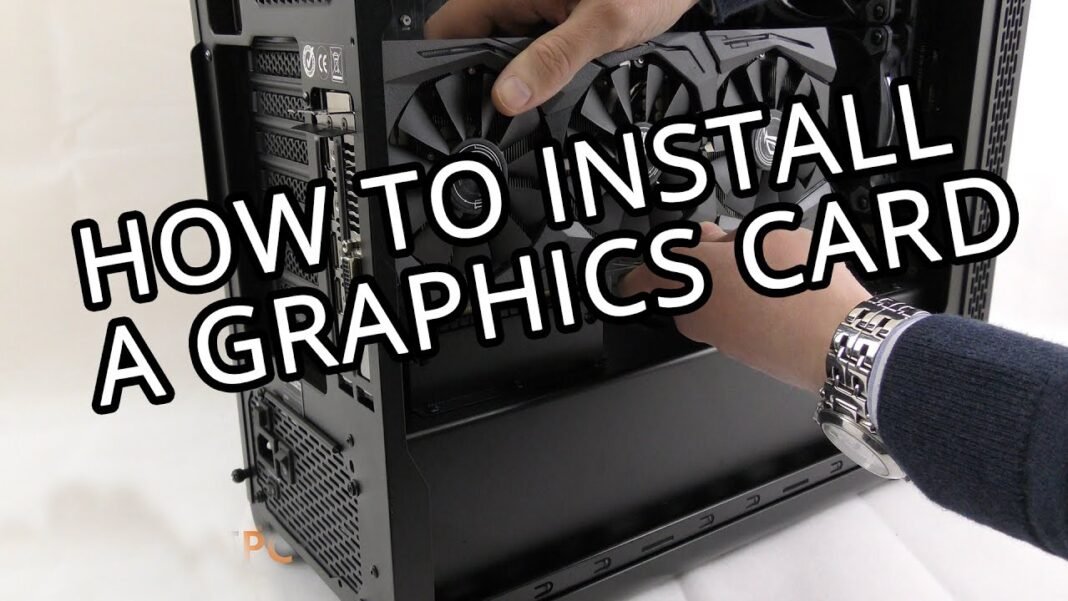Tips On How To Install A Graphics Card In Your PC
- Installing a graphics processor onto your computer is one of the most significant steps in constructing a computer, and luckily, it is also one of the simplest. Without a graphics processor inside your computer, you will not be able to run all your favorite games, because you will not be able to access all of them. In order to enjoy all of your favorite games, you need a graphics processor.
- When you are learning how to install a graphics card, it is important to remember that they have to be placed onto a slot, which is usually soldered to your motherboard. After you have done that, the next step involves placing your new graphics cards, properly. You need to make sure that they are installed properly, so that there are no spaces in between them. If the spacing is too large, then you may have a problem. There are some other things that you need to consider when upgrading your computer’s graphics processor, including your RAM and your hard drive space.
- If your computer uses an older type of hard drive, then upgrading to a new graphics card may not be necessary. However, if your computer is using a new type of drive, then you will want to ensure that you have enough space for the new card. This can be achieved by either moving the existing hard drive to a larger space, or by adding an extra hard drive that is just as big as the old one. Both methods are very easy to do, and will ensure that you have all of the space that you need.
- The next step of how to install a graphics card involves knowing where to put it into your computer. It should go in the location where the optical drives are located in your computer. This may require that you remove the existing drive or to purchase an external drive. Once you know where to put your new graphic card, then you will be able to install it easily.
- Most of these types of upgrade packages include instructions for installation, but you may want to read the manual for your specific computer model for more detailed information. After you know how to install your new graphics cards, then you can start putting them into your computers. Typically, you should put the card into the PCI slot and then plug the monitor into the PCI slot. Finally, you need to attach a power supply to your computer.
- There are two different kinds of slots to put your card in. The first is the AGP slot, which connects directly to your computer’s motherboard. The other type of slot is the PCI slot, which is generally attached to your processor via a PCI bus. If you are using an older computer, then you need to make sure that you are using an older chip, if you are using a newer chip you will most likely need to upgrade to a newer chip. Also, if your PC uses a different kind of power supply, you will need to make sure that you have the correct power supply. For example, if your PC uses a 8-pin power supply, you will need to ensure that you have an appropriate plug-in adaptor to be able to use your new graphics card with your power supply.
- When you install your new card into your personal computer, you should take particular care to check for the location of your pci slots and your motherboard. Typically, all you will have to do is to screw them together. If you have trouble finding the location for your pci slots, then you may want to use a motherboard spec sheet to figure out the location of all the components on your motherboard. If you are not sure where your pci slots are, then search for your motherboard on an online tech support forum. You should be able to get some helpful advice there about where your pci slots are located.
- Hopefully these few tips will help you when you decide how to install a graphics card in your personal computer. If you are still having troubles, then it may be best to consult with a tech support technician at your local computer store. They will be able to help you figure out the best graphics system for your personal computer, whether you are using an x16 slot or a slot for another type of card.













